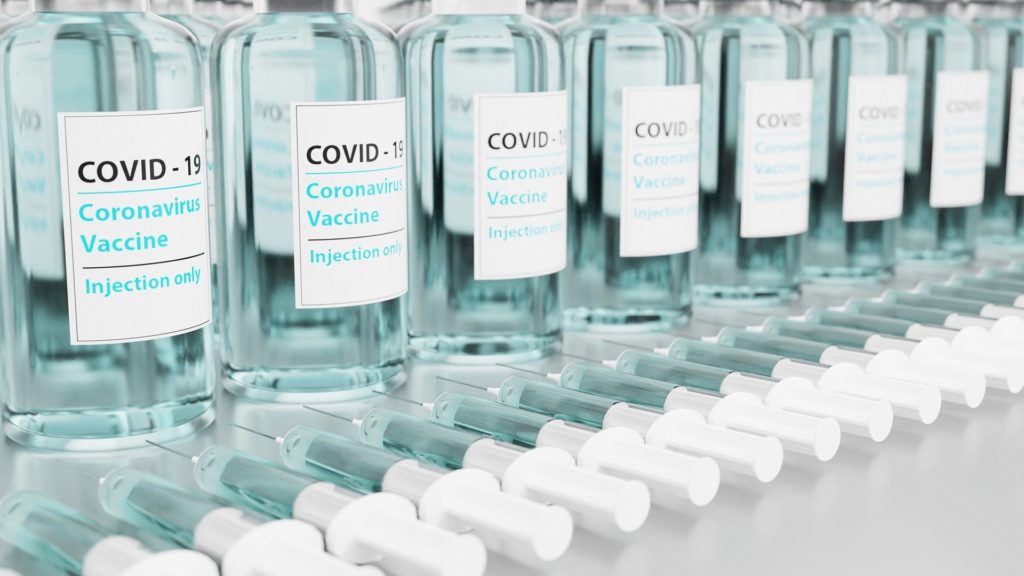
A home test to help patients manage long covid at home has been developed and is available to download.
The adapted Autonomic Profile (aAP) test can be done by anyone with symptoms of autonomic dysfunction in conditions such as long covid, chronic fatigue syndrome, fibromyalgia, and diabetes 1 and 2 where people get feelings such as dizziness or blackouts.
The team behind the test was led by Dr Manoj Sivan, Associate Professor in the University of Leeds’ School of Medicine, and Research Lead for the Leeds Long Covid service. Dr Sivan is Europe’s leading advisor on the treatment of the condition and led the development of the first long COVID measure, called C19-YRS (Yorkshire Rehabilitation Scale), which has been advocated for use by NHS England and NICE.
Autonomic testing is usually done on a single occasion in hospital. Patients lie on a tilt table, and their heart rate and blood pressure are measured as the table is manoeuvered from the horizontal position to vertical.
The new aAP test can be done at home, meaning patients can better understand and self-manage their condition over time, as well as monitor the effectiveness of treatment prescribed by clinicians. It also reduces demand on NHS resources. By recording their blood pressure and heart rate at key times and in response to key activities, patients can work out if foods, exercise or other activities trigger their symptoms, and make lifestyle changes accordingly.
The results can also be shared with clinicians to help them understand how patients’ bodies react to common triggers and stimuli in everyday life.
Joanna Corrado, Clinical Research Fellow in Leeds’ School of Medicine, and part of the research team, said: “Fluctuations in the condition, referred to as crashes, are one of biggest problems long covid patients face. The aAP test allows patients to capture these fluctuations more reliably, in addition to having a one-off test in the hospital. The test enables capturing symptoms in relation to physical activities, mental work, emotional stress and food intake. This allows them to make adjustments to their daily activities and avoid the fluctuations as much as possible. This can be very empowering for patients.”
Autonomic system
The autonomic system regulates involuntary physiologic processes including heart rate, blood pressure, breathing and digestion. Dysfunctions develop when the nerves of this system are damaged, such as after a disease like COVID-19. Symptoms include dizziness and fainting on standing up; an inability to alter heart rate with exercise, or exercise intolerance, and digestive difficulties like loss of appetite, bloating, diarrhoea; palpitations, dizziness, brain fog and sleep problems.
Current tests to evaluate dysfunctions of the autonomic system are based on cardiovascular reflexes triggered by performing activities that stimulate the system. Blood pressure and heart rate can be affected by standing up or lying on a tilt table; breathing techniques; muscle contracting or relaxing, and mental arithmetic.
Development of the aAP began during the COVID-19 pandemic to enable patients to undergo testing and monitoring at home, rather than attend hospital.
It involves patients using a blood pressure monitor and heart rate monitor at home to observe physiological responses to key activities in daily life. Readings are taken on waking, after meals, after exertion and before sleep. The patients record changes in blood pressure and heart rate, and also record their symptoms, such as dizziness, on an aAP diary sheet.
Unlike other standardised tests, there is no need to abstain from caffeine, nicotine, alcohol or medications for the aAP, as the purpose is for patients to test in their daily life the reaction to common stimuli, and record normal or abnormal autonomic responses.
Dr Sivan said: “There are 2 million individuals with long covid in the UK and it is estimated more than a third of them might have altered functioning of the autonomic nervous system. This can present not only as feeling dizzy or racing of the heart but also as fatigue, exercise intolerance, brain fog, pain, bowel and bladder symptoms. This test gives people with long covid easy access to diagnosis and monitor their own symptoms at home, and gives them reliable evidence of the situations that trigger their symptoms.”